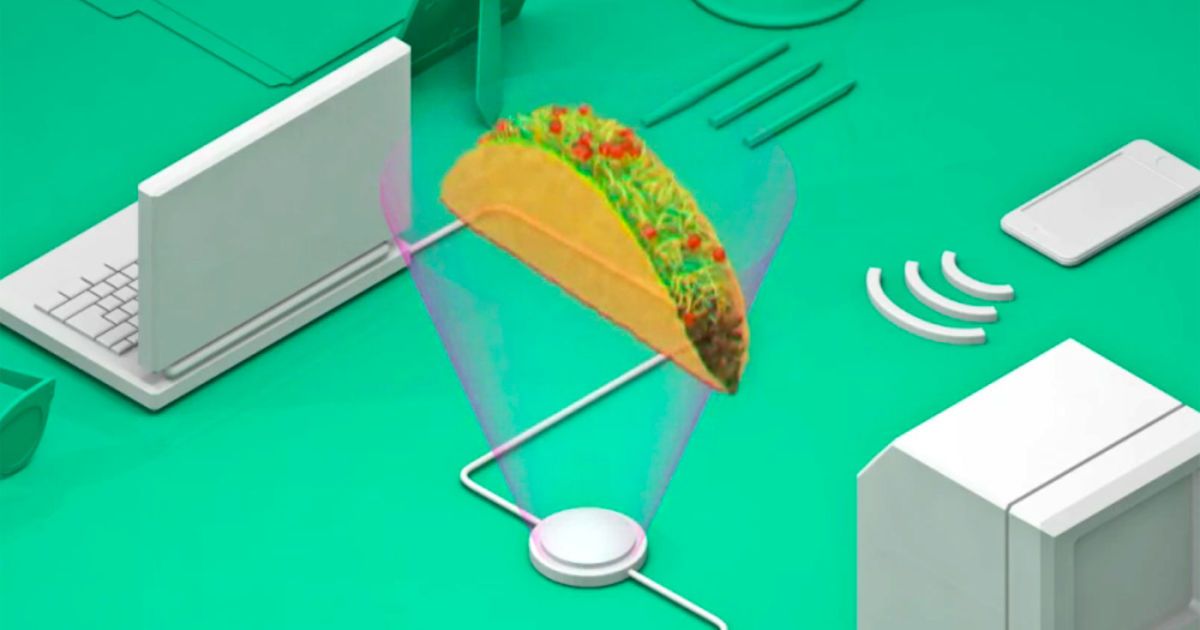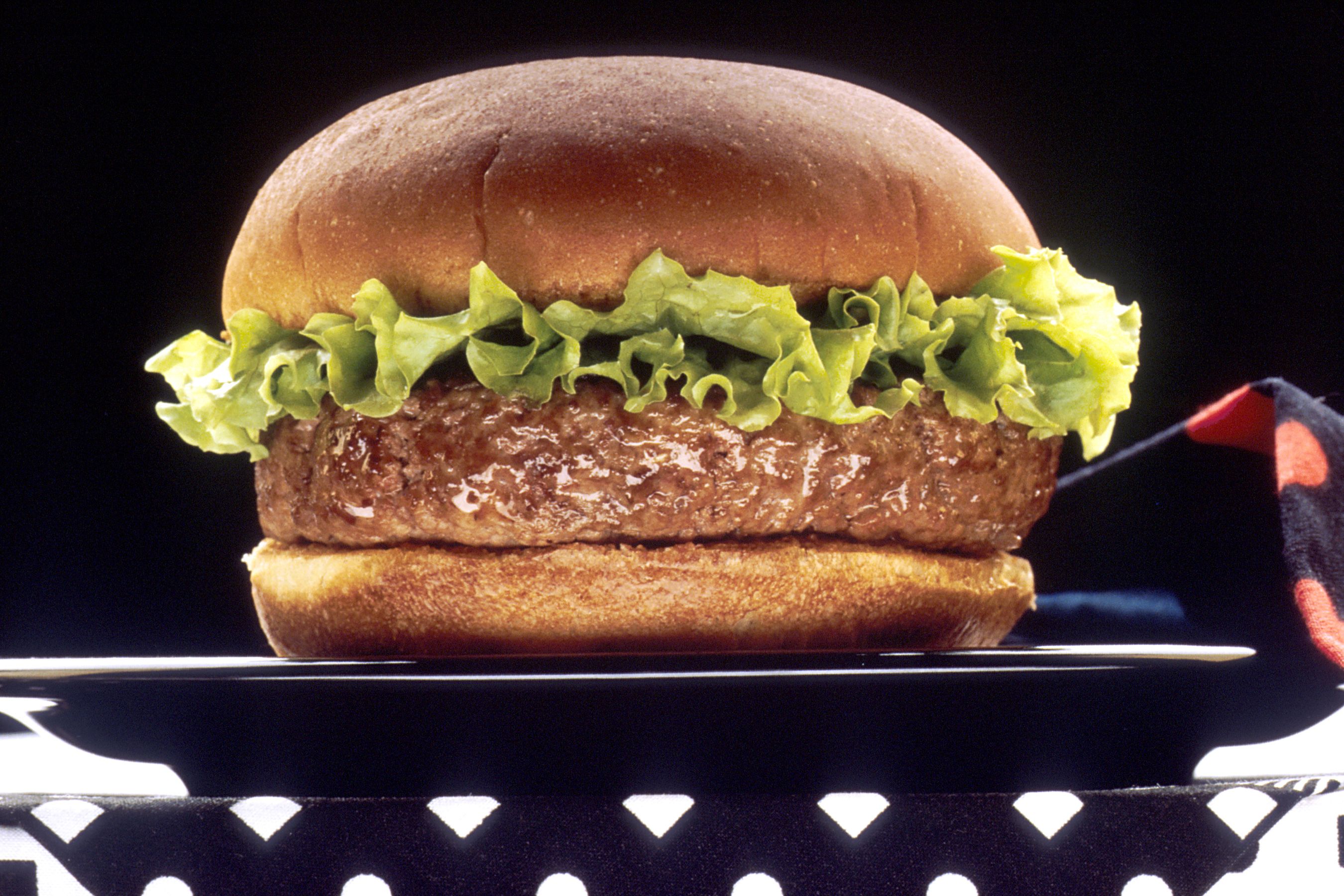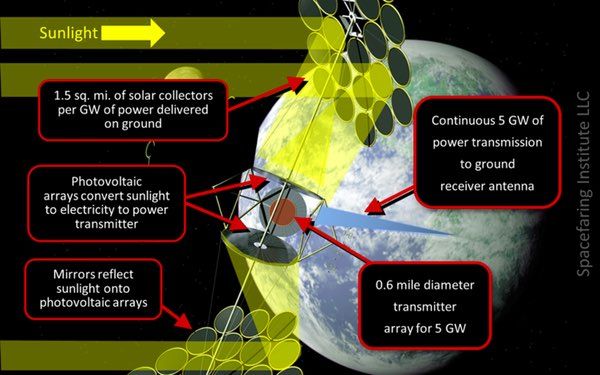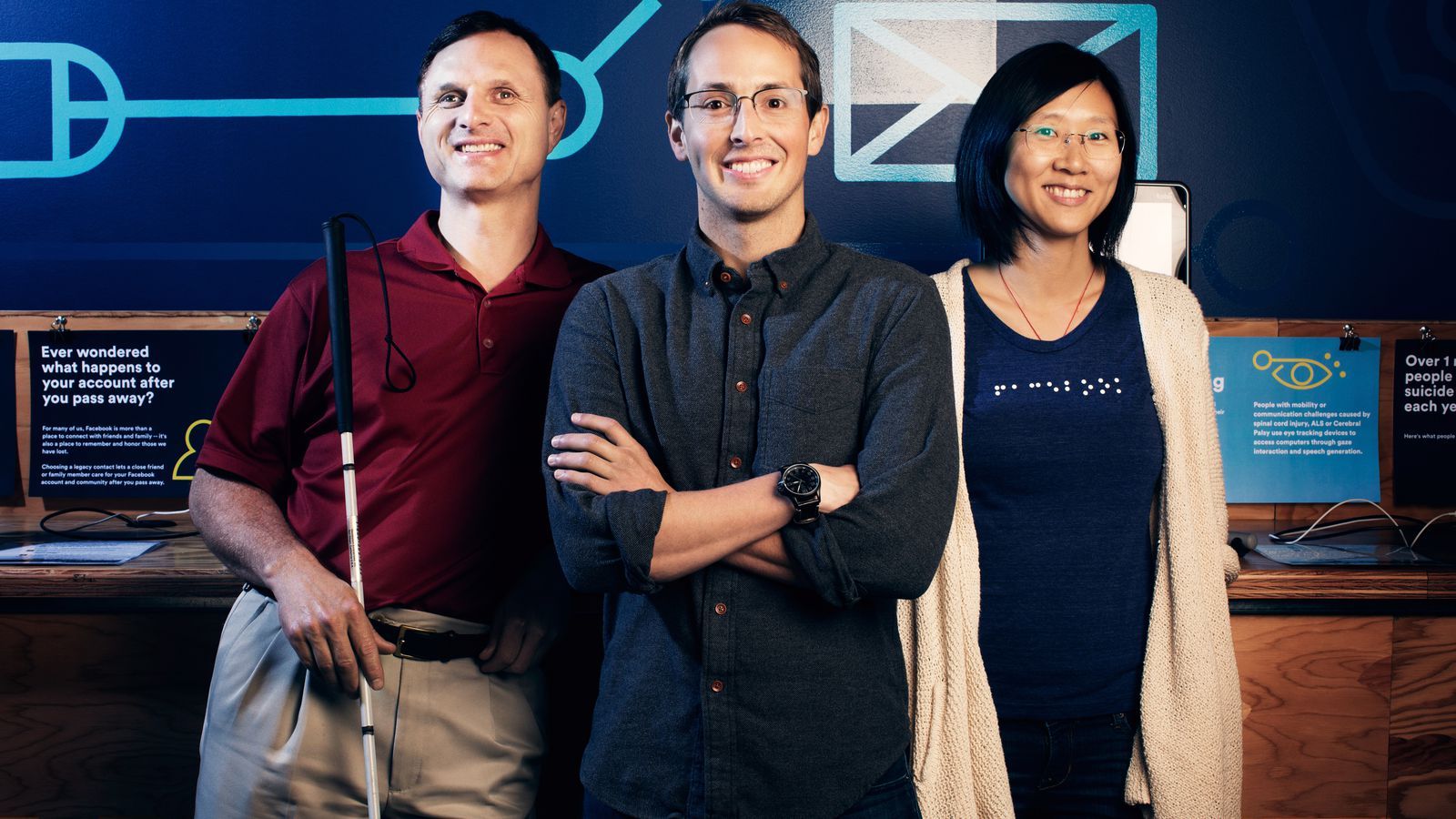Archive for the ‘food’ category: Page 308
Apr 7, 2016
Taco Bell wants you to order food from a chat bot
Posted by Shailesh Prasad in categories: food, robotics/AI
We’ve seen some clever ways to order food online in our day, but this one is decidedly off the wall. Taco Bell is testing TacoBot, a chat AI that helps you order (what else?) tacos in a Slack conversation. Think of it as a tasty text adventure — you can ask questions about the menu, customize your order and check your cart. It’s only in a private beta with a few companies at the moment, but you can sign up for a waiting list to have your Slack team give TacoBot a try. Just think — you could have tacos sent your way while you’re stuck in a planning session.
Apr 5, 2016
Virtual reality helps farmers connect to kids, public
Posted by Karen Hurst in categories: education, food, internet, robotics/AI, sustainability, virtual reality
I expect education to be taught more through VR & AI. I know as a kid, my own elementary, Jr High/ Middle School, and HS experience was pretty mundane and boring at times. By having VR & AI technologies to enable the catering/ customizing of education to the student’s needs and pace will be awesome.
Virtual reality on a Nebraska farm tour combined with a live audience made for a first-time event Tuesday at Deere & Co. headquarters, Moline.
Designed to highlight innovation behind sustainable food production, the web broadcast may have originated in Moline, but it was seen online by 37,000 high school students in the United States.
Continue reading “Virtual reality helps farmers connect to kids, public” »
Apr 5, 2016
Federal legislation to jumpstart space solar power
Posted by Karen Hurst in categories: climatology, economics, food, government, law, nuclear energy, security, solar power, space, sustainability
The United States is transitioning from a primary reliance on fossil fuels to greater use of sustainable natural and nuclear energy sources. There are two reasons for this transition. The first reason is that the abnormally high and increasing level of atmospheric carbon dioxide has created scientific uncertainty and concern as to the detrimental impact this may have on the environment and, consequentially, human civilization. Almost certainly, this abnormal level is due to anthropogenic causes linked to the tremendous expansion in the human population since the early 1700s, the growth of human civilization (e.g., agriculture and industrialization), and the increasing use of fossil fuels. Although fossil fuels have enabled worldwide progress in elevating the standard of living, most of the world’s nations have reached the conclusion that the world should transition entirely to sustainable energy by 2100 (see “The Paris climate agreement and space solar power”, The Space Review, February 29, 2016). It is, however, very important to manage this transition carefully to avoid economic hardship or energy deprivation.
While the United States has large remaining fossil fuel resources, only some are technically recoverable with current safe, legal, and profitable extraction methods. The remaining known and yet-to-be-discovered domestic technically recoverable fossil fuels are inadequate to sustain US fossil fuel energy needs to the end of this century, especially given likely continued immigration-driven US population growth (see “US fossil fuel energy insecurity and space solar power”, The Space Review, March 7, 2016). While the United States has an ethical environmental obligation to end its use of fossil fuels by the end of the century, the reality of having inadequate oil and natural gas resources makes the urgency of transitioning successfully to new sustainable energy sources a clear matter of national energy security. This warrants federal government leadership and strong American private sector engagement.
Unfortunately, due to its large and growing population and per capita energy needs, the United States lacks sufficient suitable land to utilize terrestrial renewable energy to replace fossil fuels. (see “US terrestrial non-fossil fuel energy vs. space solar power”, The Space Review, March 14, 2016). While the United States will utilize terrestrial domestic renewable energy to the extent it is politically acceptable, many factors will likely limit their scale-up. The expansion of nuclear fission energy is also not a satisfactory approach, given the large number of reactors needed. These factors lead to the conclusion that only space-based sustainable energy, such as space solar power, will enable the United States to practically transition away from fossil fuels.

SUBSCRIBE to Rumble Viral: http://bit.ly/RumbleViral
A hungry stingray jumps out of the water and onto a man-made ramp, providing these tourists an incredible up-close experience during a trip to Maldives. Have you ever swam with stingrays before? Share you experiences!
Source & embed code: https://rumble.com/v2za4s-stingray-feeding-in-the-maldives.html
Apr 5, 2016
Facebook begins using artificial intelligence to describe photos to blind users
Posted by Shailesh Prasad in categories: food, information science, internet, mobile phones, robotics/AI, transportation
Ask a member of Facebook’s growth team what feature played the biggest role in getting the company to a billion daily users, and they’ll likely tell you it was photos. The endless stream of pictures, which users have been able to upload since 2005, a year after Facebook’s launch, makes the social network irresistible to a global audience. It’s difficult to imagine Facebook without photos. Yet for millions of blind and visually impaired people, that’s been the reality for over a decade.
Not anymore. Today Facebook will begin automatically describing the content of photos to blind and visually impaired users. Called “automatic alternative text,” the feature was created by Facebook’s 5-year-old accessibility team. Led by Jeff Wieland, a former user researcher in Facebook’s product group, the team previously built closed captioning for videos and implemented an option to increase the default font size on Facebook for iOS, a feature 10 percent of Facebook users take advantage of.
Automatic alt text, which is coming to iOS today and later to Android and the web, recognizes objects in photos using machine learning. Machine learning helps to build artificial intelligences by using algorithms to make predictions. If you show a piece of software enough pictures of a dog, for example, in time it will be able to identify a dog in a photograph. Automatic alt text identifies things in Facebook photos, then uses the iPhone’s VoiceOver feature to read descriptions of the photos out loud to users. While still in its early stages, the technology can reliably identify concepts in categories including transportation (“car,” “boat,” “airplane”), nature (“snow,” “ocean,” “sunset”), sports (“basketball court”), and food (“sushi”). The technology can also describe people (“baby,” “smiling,” beard”), and identify a selfie.
Continue reading “Facebook begins using artificial intelligence to describe photos to blind users” »
Mar 30, 2016
These Smart Wine Bottles are wine lover’s delight!
Posted by Shailesh Prasad in categories: food, internet
Some people might throw enough parties, or have the capacity to kill entire bottles of wine in just a night, but for the others, the rest of the stored wine changes taste and appeal over the next few days to the point where it’s demoted to giving body to your stew.
The Kuvee wine bottle provides a possible solution of the latter problem. More like a smart wine sleeve, than a smart wine bottle, it solves the two biggest problems when it comes to storing wine: exposing them to air and light. It stops the sun by storing the wine in metal bottles and it stops the air by vacuum sealing the wine. No air in or out. As for the temperature part, you have to manage the rest.
You slip it over the bottle of wine you’d like to imbibe and it is wifi enabled, giving you all sorts of important details: how much wine is left, what kind of wine you’re drinking, and what vineyard it’s from.
Continue reading “These Smart Wine Bottles are wine lover’s delight!” »
Mar 26, 2016
Space Innovation Congress
Posted by Karen Hurst in categories: biotech/medical, food, government, information science, satellites
The is a Space Technology Conference and Exhibition, taking place in London on 7–8 April 2016. It is set to showcase the most cutting edge technologies and uses of Space Technology providing insight from over 50 speakers sharing their unparalleled industry knowledge and real-life experiences.
This year’s Space Innovation Congress will be highlighting the most innovative advancements in Space technology and will look at how these are being applied to many industry verticals from farming to banking, and the practical case studies that are coming out of these projects.
With user cases with dedicated tracks covering the entire Space exploration and Earth observation ecosystems: Satellites, Big data, Crop monitoring, Space debris, Maritime surveillance, Space weather and its impact on banking systems, Biomedical, Commercial space collaboration and Telecoms.















